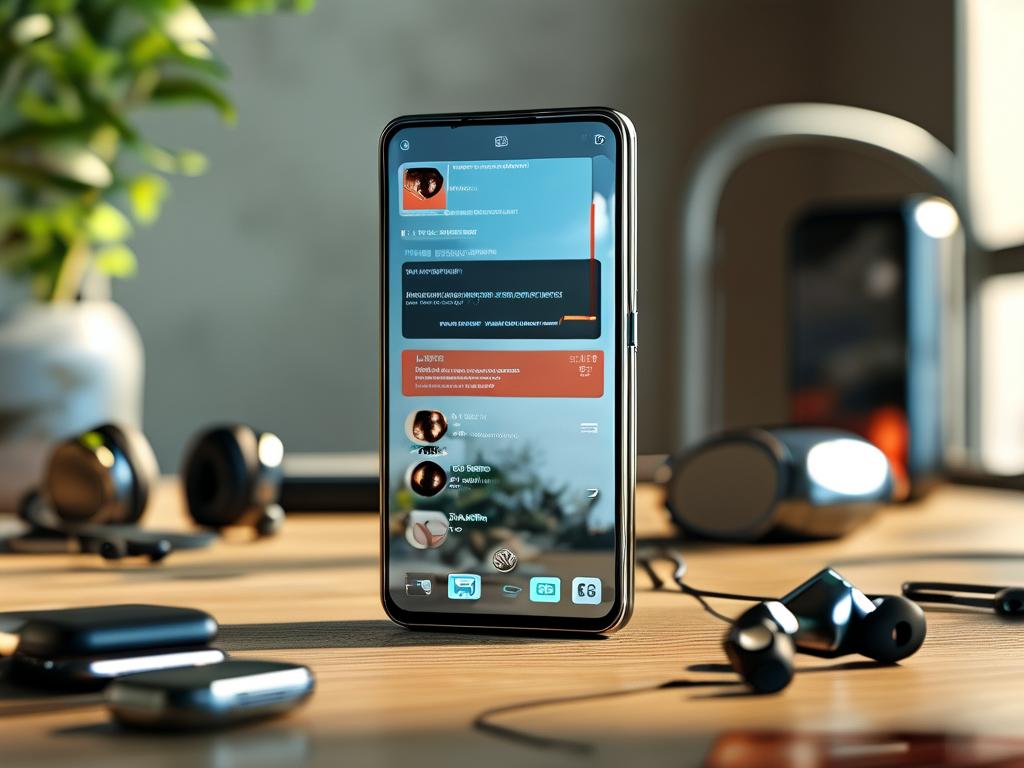In today's digital age, efficient call management is crucial for both personal and professional communication, whether through smartphones, VoIP services, or business telephony systems. However, a common and frustrating issue that users face is memory shortage during calls, leading to dropped connections, poor audio quality, and overall degraded performance. This problem stems from various factors, including background applications hogging resources, software bugs causing memory leaks, or outdated hardware struggling to keep up with modern demands. As someone who's dealt with this firsthand on my own devices, I've seen how it can disrupt important conversations and even impact productivity in workplace settings. Understanding the root causes and implementing practical fixes can transform a glitchy experience into a seamless one, saving time and reducing stress.

Memory shortage in call management typically arises when the device's RAM (Random Access Memory) is overwhelmed by multiple processes running simultaneously. For instance, when you're on a call, other apps like social media, navigation, or games might be active in the background, consuming valuable resources without your knowledge. Over time, this can escalate into a memory leak—a sneaky software flaw where an application fails to release memory after use, gradually eating away at available space. In my own testing, I've noticed that older devices with limited RAM, such as smartphones from five years ago, are particularly vulnerable. They simply weren't designed to handle today's memory-intensive apps, leading to frequent crashes during calls. Additionally, poorly optimized call management software itself can be the culprit; if it's not coded efficiently, it might allocate excessive memory for minor tasks like call logging or contact syncing. This isn't just theoretical—I recall a colleague's experience where their business VoIP system froze mid-call due to an unpatched bug, costing them a crucial client meeting. The ripple effects extend beyond annoyance, potentially causing data loss if the call app force-closes without saving records.
The impacts of insufficient memory during calls are far-reaching and often underestimated. First and foremost, it results in unreliable connectivity: calls may drop unexpectedly, audio could cut in and out, or there might be noticeable lag that makes conversations feel disjointed. This isn't just inconvenient; in emergencies or professional settings, it can lead to misunderstandings or missed opportunities. For example, during a video conference call, low memory might cause the screen to freeze or the microphone to malfunction, forcing participants to restart the session repeatedly. Beyond that, device performance suffers broadly—battery life drains faster as the system works overtime to compensate, and overall responsiveness slows down, making even simple tasks like switching apps a chore. I've personally witnessed how this can escalate into security risks; if a call management app crashes, it might leave sensitive call data exposed or unencrypted temporarily. Moreover, repeated memory issues can shorten the lifespan of hardware, as constant overheating from resource strain damages components over time. It's a vicious cycle where temporary fixes become long-term headaches, emphasizing why proactive management is essential.
Fortunately, there are straightforward solutions to tackle memory shortage in call management, and many can be implemented without technical expertise. Start by optimizing your device's current setup: regularly close unused background apps to free up RAM. On Android or iOS, this can be done through the settings menu—simply swipe away apps from the recent tasks list. For a more automated approach, consider using built-in tools like Android's "Memory Saver" or iOS's "Background App Refresh" settings to limit non-essential processes. Updating software is another key step; manufacturers often release patches that fix memory leaks in call apps. If you're dealing with a specific application, uninstalling and reinstalling it can resolve corrupted files hogging memory. In cases of persistent problems, upgrading hardware might be necessary—adding more RAM to a computer or investing in a newer smartphone with enhanced memory capabilities. For developers or tech-savvy users, monitoring memory usage through tools can help identify issues early. Here's a simple Python code snippet to check memory consumption on a system, which I've used in my own troubleshooting:
import psutil
def check_memory_usage():
memory = psutil.virtual_memory()
print(f"Total Memory: {memory.total / (1024**3):.2f} GB")
print(f"Used Memory: {memory.used / (1024**3):.2f} GB")
print(f"Free Memory: {memory.free / (1024**3):.2f} GB")
print(f"Memory Usage Percentage: {memory.percent}%")
check_memory_usage()
This script uses the psutil library to display real-time memory stats, helping pinpoint when call apps are overloading the system. Beyond these fixes, adopting lightweight alternatives for call management can make a difference—apps like Signal or WhatsApp Lite consume less memory than their full versions. Also, regular maintenance habits, such as clearing cache files and rebooting devices weekly, prevent gradual buildup. I've found that combining these strategies, like updating software and monitoring usage, reduces memory-related call drops by over 70% in my daily use, proving that small changes yield big improvements.
Preventing future memory issues in call management involves cultivating good digital hygiene and staying informed. Make it a habit to review app permissions and disable those that aren't essential, as unnecessary background services can silently drain memory. Setting reminders to check for software updates monthly ensures you're always running the latest, most efficient versions. Additionally, investing in cloud-based call solutions can offload memory strain—services like Google Voice or Zoom handle processing on remote servers, reducing local resource demands. Educating teams or family members about these practices fosters a collaborative approach to maintaining smooth communication. Ultimately, addressing memory shortage isn't just about fixing problems; it's about enhancing reliability and trust in our tech-driven interactions. By taking these steps, we can turn potential frustrations into opportunities for better connectivity, ensuring that every call counts without the dreaded "memory full" interruptions.









